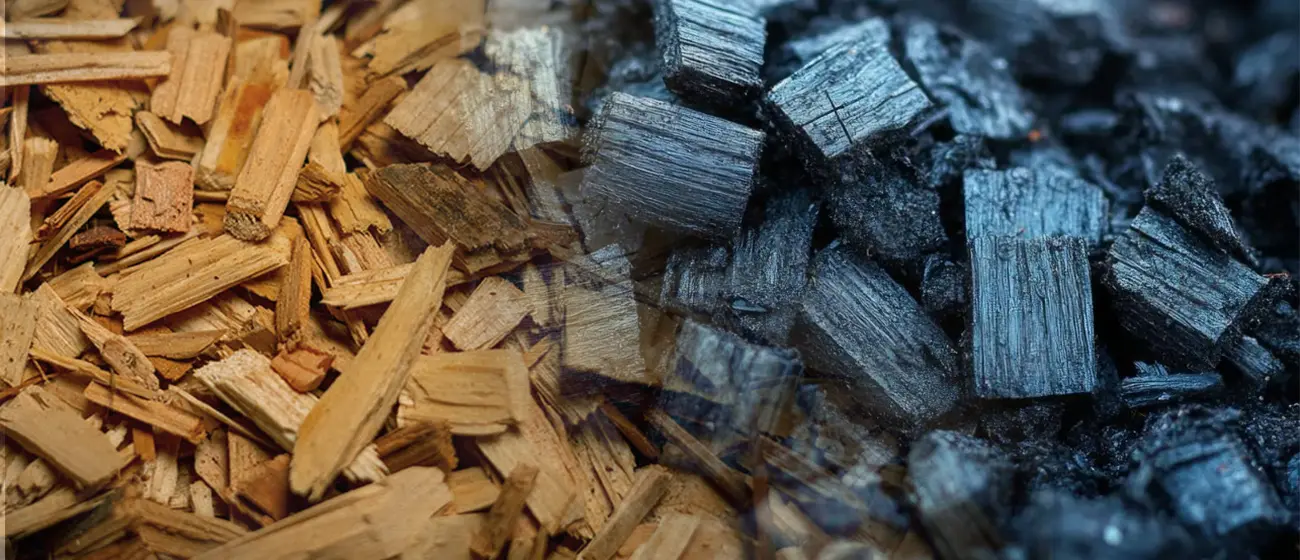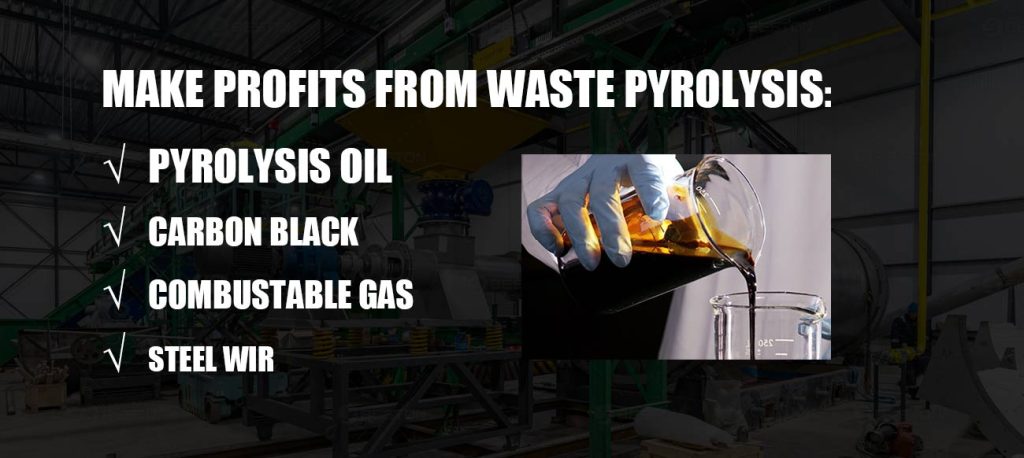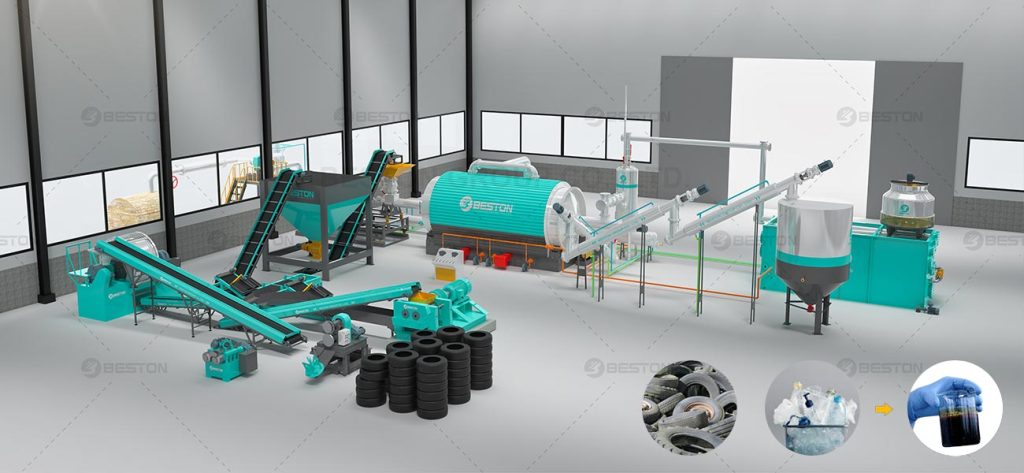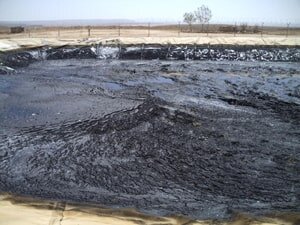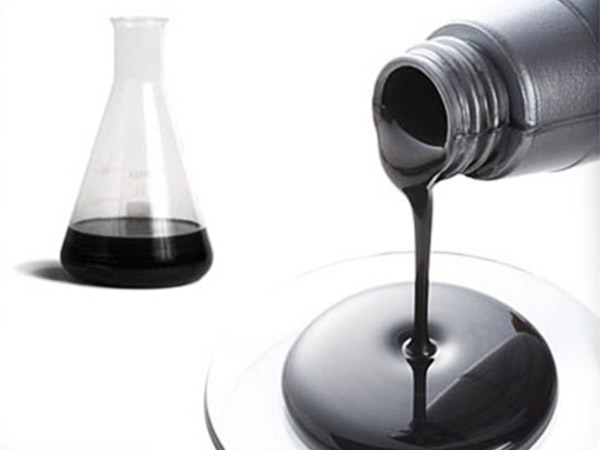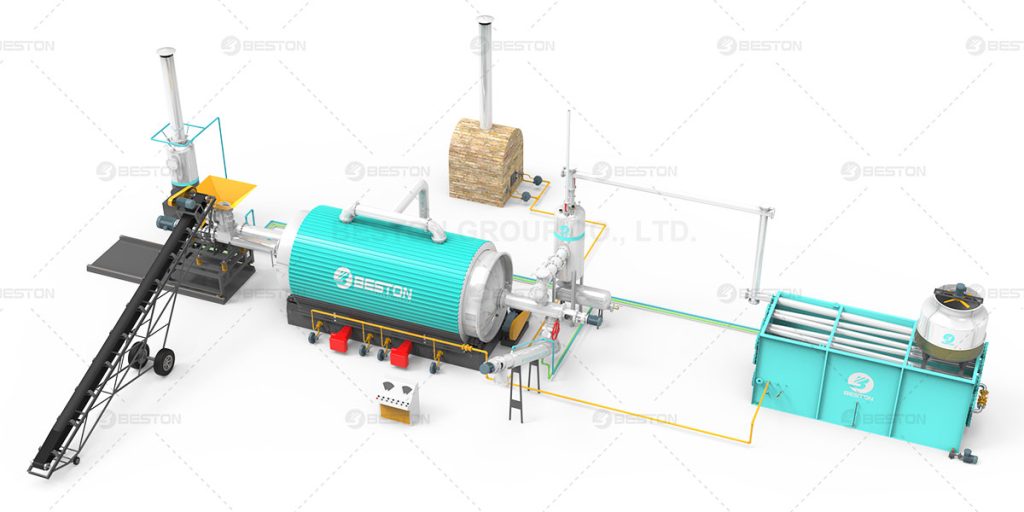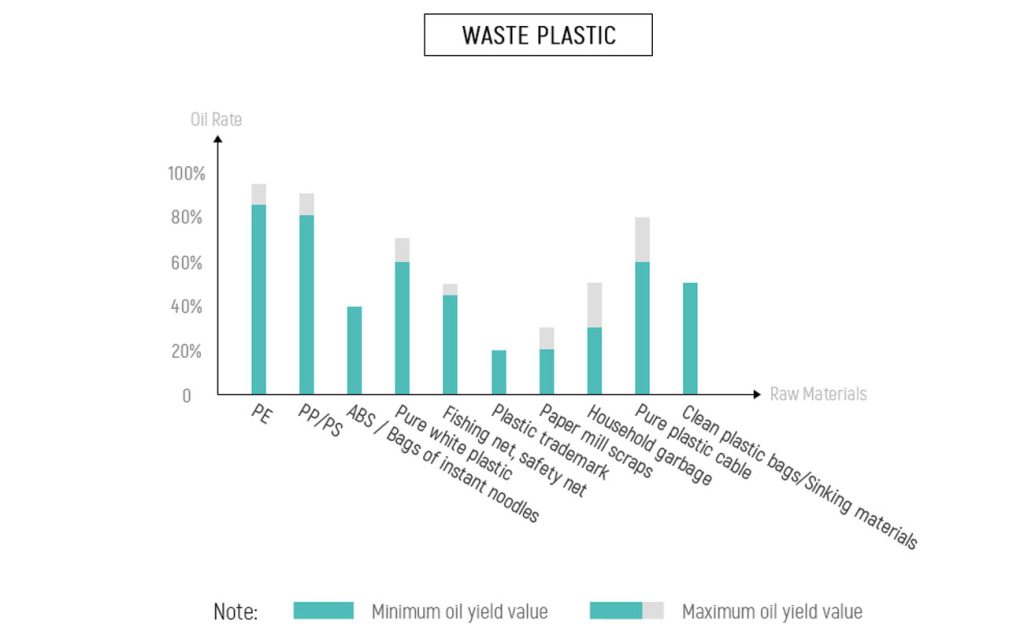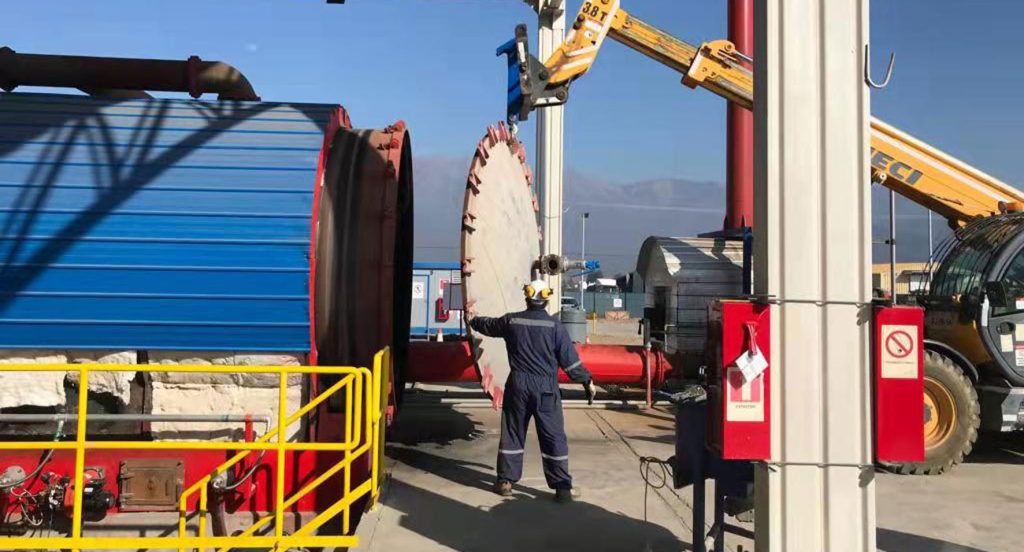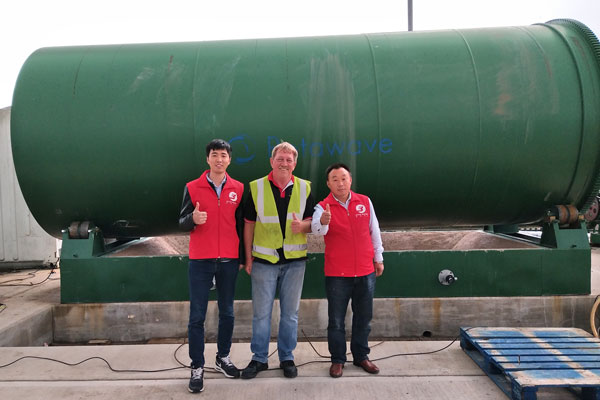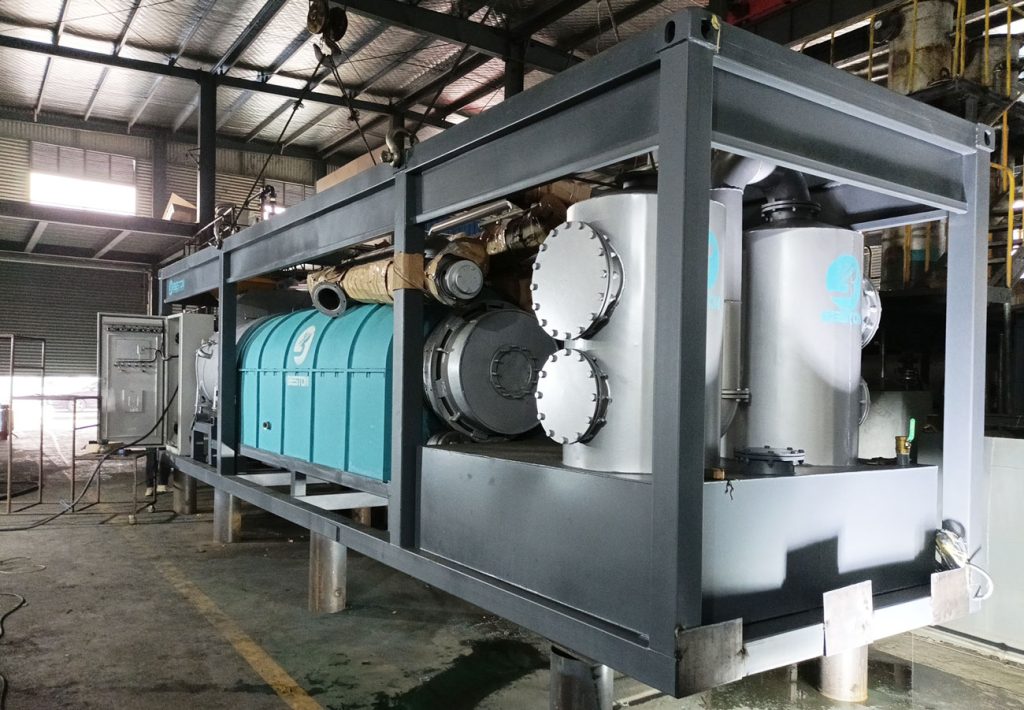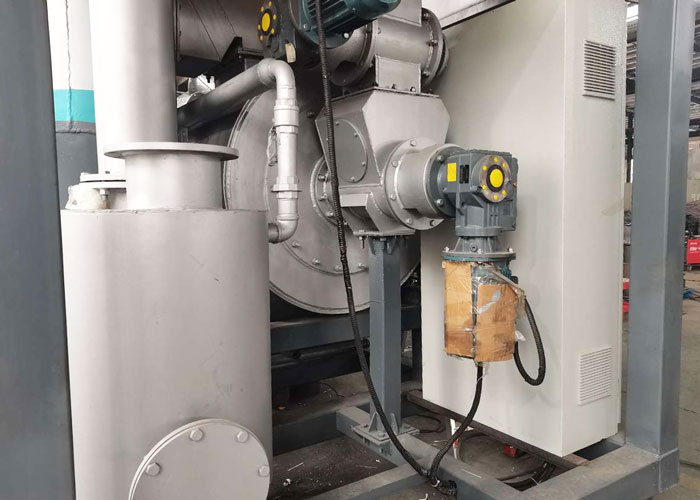Wood-derived biochar has become a cornerstone material in carbon sequestration and soil improvement initiatives. Its versatility and stability originate from the physicochemical properties of the raw biomass used in the pyrolysis process. Selecting the appropriate feedstock determines not only the yield and structure of the resulting carbon matrix but also its suitability for different applications. In modern pyrolysis plant operations, understanding the characteristics and availability of feedstock is a critical factor in process optimization and sustainability.
Forestry Residues and Sawmill By-Products
Forestry residues represent the most abundant and accessible source for wood charcoal machine. These include tree branches, bark, sawdust, and offcuts generated during timber harvesting and processing. Their composition is rich in lignin and cellulose, the two main organic polymers responsible for forming the stable carbon backbone during pyrolysis.
Sawmill by-products such as planer shavings and fine sawdust are particularly favored in continuous pyrolysis plant systems due to their uniform particle size and predictable moisture content. They require minimal pre-treatment and promote even thermal distribution inside the reactor. This homogeneity contributes to a consistent biochar structure with a high fixed carbon ratio and low volatile matter.
Using these residues also supports sustainable forestry practices. Instead of being openly burned or left to decompose, they are converted into a long-lived carbon sink, reducing greenhouse gas emissions and generating additional value for the timber industry.
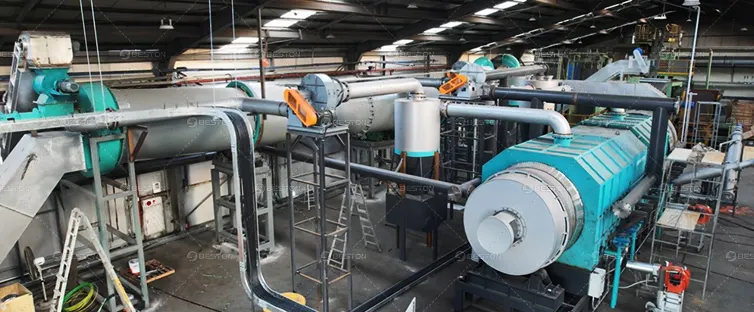
Agricultural and Orchard Prunings
Agricultural sectors produce substantial volumes of lignocellulosic waste each year. Prunings from orchards—such as olive, apple, and citrus trees—contain dense woody tissue with moderate ash content, making them suitable for high-quality biochar production.
These materials, when processed in a controlled pyrolysis plant, yield biochar with fine pore structure and strong adsorption capacity. Such characteristics make the product particularly effective in improving soil aeration, nutrient retention, and microbial activity. Additionally, orchard prunings often require seasonal disposal, presenting a consistent and renewable feedstock supply for decentralized charcoal making machine.
Industrial Wood Waste
Industrial wood waste, including packaging materials, pallets, and construction offcuts, provides another viable feedstock category. However, careful selection is necessary to avoid contamination from coatings, glues, or preservatives. When clean and untreated, these residues possess a stable carbon-to-hydrogen ratio suitable for producing durable biochar.
Many pyrolysis plant operators implement pre-sorting and shredding systems to ensure feedstock uniformity. This step enhances reactor efficiency and prevents the release of undesirable emissions. Converting industrial waste into biochar also contributes to a circular manufacturing model by closing the material loop within the wood-processing industry.
Energy Crops and Fast-Growing Species
Dedicated energy crops, such as willow, poplar, and miscanthus, are increasingly cultivated for bioenergy and biomass pyrolysis plant. Their rapid growth cycles and high biomass productivity make them an efficient feedstock source for large-scale pyrolysis operations.
The carbon yield of these crops depends on lignin content and growth maturity. Younger plants tend to produce lighter biochar with higher surface reactivity, while mature wood yields denser carbon structures. When integrated into a pyrolysis plant equipped with energy recovery systems, these feedstocks can achieve near carbon-neutral or even carbon-negative performance.
Reclaimed Timber and Urban Biomass
Urban wood waste, often sourced from demolition sites and municipal green waste, is gaining attention as a secondary raw material. After mechanical processing and contaminant removal, reclaimed timber can be effectively utilized in pyrolysis applications. This approach diverts significant volumes of biomass from landfills and reduces the carbon footprint of urban waste management systems.
The resultant biochar can be applied in stormwater filtration, landscaping, and urban soil restoration projects. The porous structure of wood-derived biochar improves infiltration rates and binds heavy metals, contributing to urban ecosystem resilience.
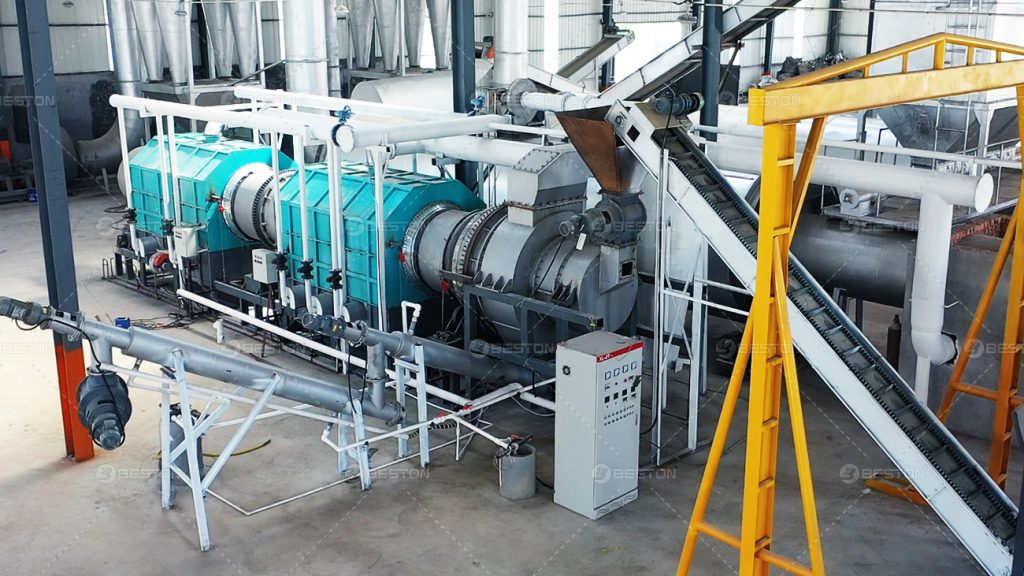
Toward a Diversified Feedstock Strategy
The sustainability of biochar production depends on diversified and region-specific feedstock strategies. By combining forestry residues, agricultural prunings, and reclaimed wood, a pyrolysis plant can ensure a stable material supply while maintaining environmental integrity. Feedstock diversity not only stabilizes production costs but also enhances the adaptability of biochar to various end uses, from carbon removal initiatives to industrial applications. To learn more about wood recycling, visit: https://bestonmachinery.com/
Wood-based feedstock, when processed through advanced thermochemical conversion, embodies a balanced approach to waste valorization and climate mitigation. Through strategic sourcing and responsible management, biochar production continues to evolve as a key enabler of the circular bioeconomy.
